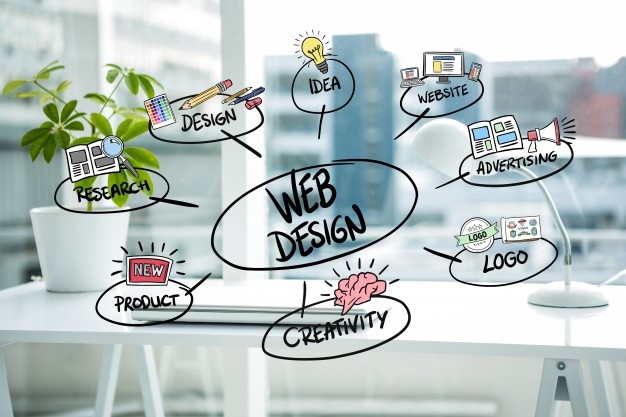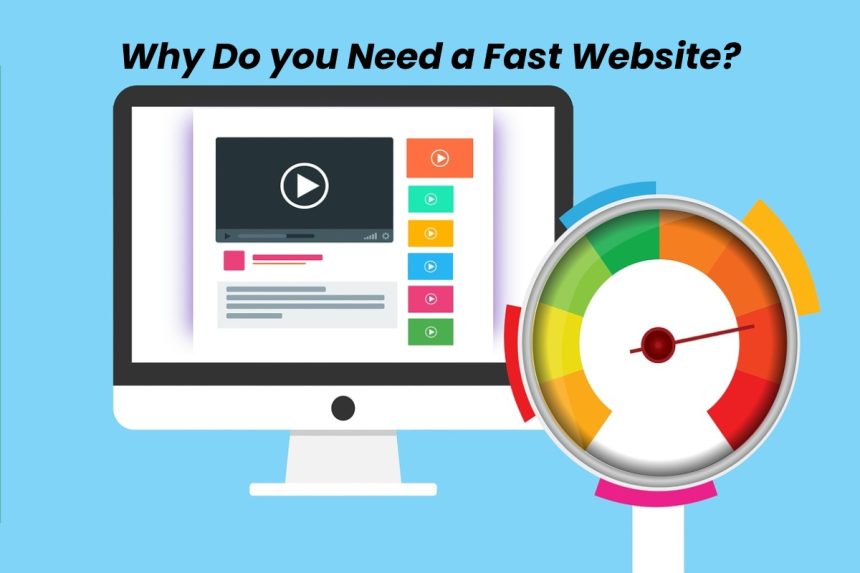Simple, the world of the web does not wait. The speed of communication is increasing, and “wasting time” waiting for a web page to load seems useless for millions of people. Let’s see together why your website needs to be fast.
The Speed at the Heart of the Web
Several factors affect the loading speed of a website: hosting, content optimization, web design, the presence of widgets and plugins, compatibility with all browsers, advertising, code optimization, and integrated (or not) support for multimedia files. Together, we will see each one’s characteristics, and we will reveal all the secrets to having a very fast website!
Let’s start with some data. Website visitors aren’t always in a hurry. However, they don’t want to waste time! A website, in order not to risk losing visits, should load, according to Google, in just 2.5 seconds. Record time, isn’t it? If the website loads in 4 seconds, 25% of the visitors will leave it, and if that waiting time reaches 10 seconds, it will be over 50% of the visitors who will leave the website. Simply put, loading speed is everything!
Check Out: Web Development write for us, Guest Post, And Contribute, Advertise with us, Submit Post
Choosing the Right Hosting
Before starting, you need to make a decision that is not only important but fundamental! Good hosting, with the right features, is the foundation of your website’s success. Just like for a house, even for a website, you have to start from the foundations. Choosing a reliable, fast hosting, with guaranteed high uptime and with an advanced security system, is the right way to start a project. If the hosting you are choosing has these three characteristics, then you are on the right track.
Focus on its response speed, which must meet Google’s standards (or your website will not be indexed in its searches). As mentioned a few lines ago, the longer the website takes to load, the more it will be abandoned. Give it a try too. Open your website, start the stopwatch, and wait. How did he behave? Were you able to resist while waiting? Remember, never have a slow site, or your business will suffer!
Working on Web Design
This is where your ability to create a dynamic website, yet ultra-fast comes into play. Does it seem easy to you? With the right precautions, it can be! When developing a website, you need to find the right balance between the various elements that go into creating each page. Web design includes many elements that, combined together, must allow the website to be pleasant to visit. Combining the right plugins and the right widgets, with a well-structured graphic theme, can represent a perfect business card.

Choosing the right graphic theme, which is closest to the final result you want to obtain, allows you to eliminate a lot of work related to the theme’s code. Still, it is not just an aspect of “working time,” but above all, an aspect related to the speed of the site. Too many additions to the theme code will weigh it down, making its response to the upload request much slower. Therefore, avoiding having a site with too many elements is often the basis of good site speed. Although working correctly on a code allows you to balance it and optimize it at best, reducing the waiting speed to zero.
To burden the website as little as possible, it is essential to choose the right plugins, so that they blend perfectly with the code of the chosen theme. Not sure that all plugins are suitable for the selected theme and therefore work! Running the right tests, before and after choosing the plugin, is essential! This way, it helps you ensure that everything works right and that the elements chosen do not adversely affect your website’s functioning. If you don’t have enough knowledge and experience, this might be a tricky task to handle by yourself – that’s why it’s always a smart choice to explore additional options, such as going with a reliable custom web design company that can assist you.
Choose and Optimize the Contents
We have seen that anything added to a website can potentially slow down it’s loading. More than plugins and widgets, it is the so-called static resources that increase the loading time of a website! Filling the pages of a website with images and photographs, videos, and audio files can block a website’s loading, preventing a quick response.
Every content that is added to the website must first be adapted to the same, so as to bring the right proportions, so as not to be exaggeratedly large, and then it must be optimized. The file size will be decreased through the optimization so that it can be shown on the page in no time. Thanks to the optimization, multimedia content will have minimal impact on the website loading speed!
However, it’s not just about optimizing the content that is added to the website. When we add video and audio files, it is preferable to add an internal player to the website if there are many. In this way, we will significantly lower the time required for loading the video file. Because? Simple, our website will have to search its internal database without requesting the video from an external website.
Simultaneously, it is necessary to verify that the Server Hosting is sufficiently performing to manage all the requests of our visitors; otherwise, there is the risk of obtaining the opposite result, that is, the waiting time for loading the site itself.
Compatibility and External Content
For a website to be fast, it must still have one last feature: compatibility. Responsive Design comes into play in this field, which is the website’s ability to adapt to each device from which it is visited, but not only that, even to the browser that requests access. Each browser has different characteristics, and this can affect the loading speed. At the same time, as compatibility with different browsers, we need to think about Responsive Design, fundamental nowadays.
Plenty of users are accessing websites via smartphones and tablets. These devices need ad’hoc websites, which are able to adapt perfectly to the small screen size. Browsing the internet from a smartphone is completely different.
It requires greater speed and easier access to the main news. This is why, when we create a website, we have to test its access from multiple browsers and from multiple different devices, to be sure of its perfect functioning.
If you want to add (Ad) advertising to your site, you have to be very careful! Linking to external websites through elaborate pop-ups, which often include videos and gifs, can significantly slow down your website!
So, when you add advertising, it is essential not to overdo it to avoid lengthening waiting times. Above all, it is vital to test the website again to see if it is still fast and balanced even after the insertion of advertising. External. Too often, advertisements slow down sites, forcing visitors to abandon them.
A Quick Refresher?
Creating a fast, dynamic, and beautiful website is very important, but it is certainly not as simple as it seems! Balancing each element is more than fundamental! Let’s review together what are the elements to keep an eye on and to fix in order to have a website that is fast and as perfect as possible:
- Hosting: must be fast and must have a high uptime score and an advanced security system, as well as resources proportionate to the requests of our site!
- Web Design: must find the right balance between dynamism and speed!
- Optimizing content: choosing content and optimizing it for websites is essential to maintain and achieve good speed!
- Internal player: uploading video content to the website, instead of calling it from external sites, is a real help!
- Responsive Design: creating a website that adapts perfectly to multiple browsers and multiple devices will increase its speed!
- Advertising: never overdo it and always check that external pop-ups don’t slow down the site!
Also Read: Why Combine Conscious or Mindful Marketing into your Strategy?
Searches Related to Fast website
- website speed optimization
- Pingdom speed test
- free website speed test
- Google speed test
- website testing tools
- test my site
- chrome website speed test
- ping speed test website

